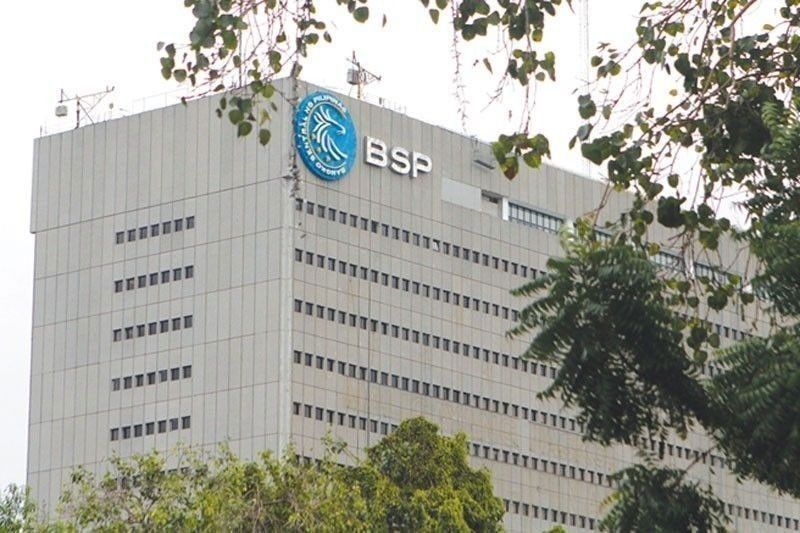Agriculture and agrarian loans up 11% to P850 billion in Q1

MANILA, Philippines — Loans disbursed by the banking sector for agriculture and agrarian reform went up by 10.9 percent to P849.7 billion in the first quarter compared to last year’s P765.92 billion, but the industry continued to fall short of the mandated threshold for the sector.
Preliminary data from the Bangko Sentral ng Pilipinas (BSP) showed the banking system was only able to allocate about 10.62 percent of its total loanable funds during the nine-month period, way below the 25 percent mandated under Republic Act 10000 or the Agri-Agra Reform Credit Act of 2009.
The law retained the mandatory credit allocation in Presidential Decree 717 where 15 percent of banks’ total loanable funds are to be set aside for agriculture, while 10 percent should be made available for agrarian reform beneficiaries.
However, the central bank is now committed to implement RA 11901 or the Agriculture, Fisheries, and Rural Development Financing Enhancement Act of 2022 that now provides a comprehensive financing framework for the development of the agriculture and fisheries sector and rural communities.
Total loanable fund generated by Philippine banks increased by 10.8 percent to P8.01 trillion in end-March from P7.23 trillion in end-March last year.
According to the BSP, the loans extended by the banks to the agriculture sector grew by 11.6 percent to P779.54 billion from P698.7 billion for a 9.74 percent compliance ratio or below the required 15 percent.
The central bank said big banks or universal and commercial banks registered a compliance ratio of 9.85 percent after extending P741.61 billion to the agriculture sector while the ratio of thrift or mid-sized banks only reached 5.63 percent after granting P19.02 billion.
Rural banks extended P18.9 billion to the agriculture sector for a compliance ratio of 13.14 percent.
Likewise, loans for agrarian reform extended by banks inched up by 4.4 percent to P70.16 billion in end-March from last year’s P67.22 billion. However, the amount still fell short of the mandated 10 percent with a compliance ratio of only 0.88 percent.
The compliance ratio of big banks for agrarian reform loans only reached 0.75 percent while that of thrift banks settled at 0.9 percent, as well as rural and cooperative banks with 7.65 percent.
BSP Governor Felipe Medalla earlier said the central bank is committed to effectively implement the new Agri-Agra and Rural Financing Law that aims to enhance access of rural communities and agricultural and fisheries households, including their micro, small, and medium enterprises (MSMEs), to much needed financial services and programs.
“The new law has been a priority legislative measure of the BSP since it considers the requirements of rural community beneficiaries from a holistic perspective, taking into account their evolving social networks and complex needs,” Medalla said.
Banks are no longer required to reserve 10 percent of their lending portfolio for agrarian reform beneficiaries and 15 percent for agricultural activities. Instead, this new law provides banks with greater flexibility in allocating the combined 25 percent mandatory credit quota to a range of borrowers in the agriculture, fisheries, and agrarian reform sectors.
- Latest
- Trending

























